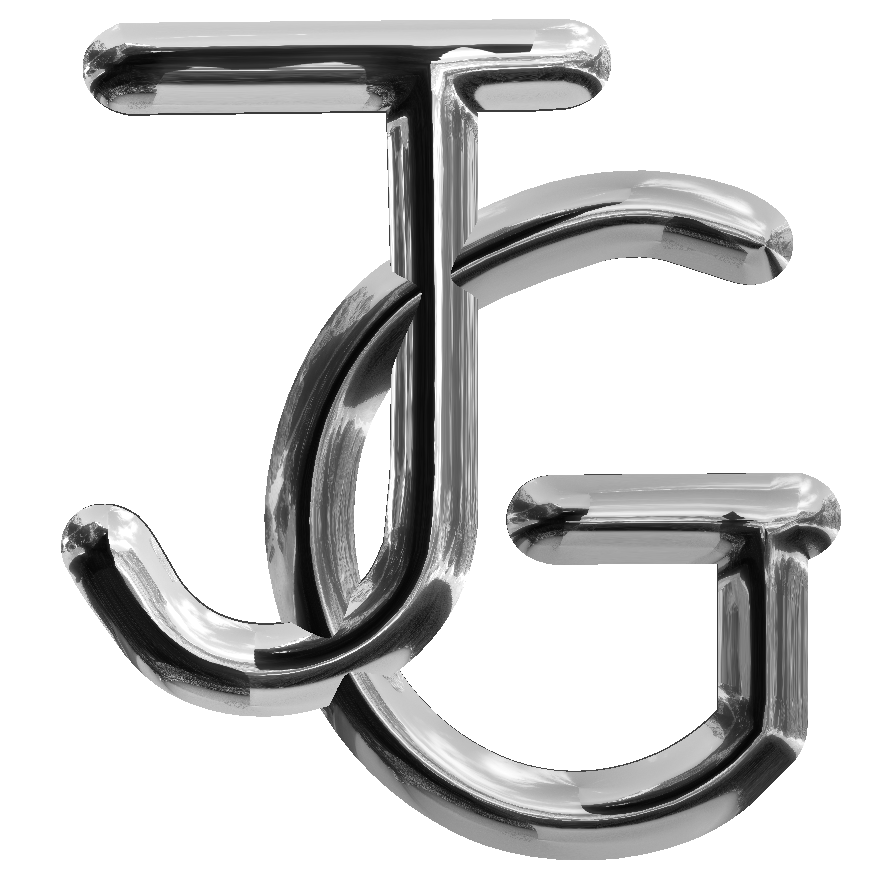In Jan 2016, I started testing Canon’s Digital Lens Optimizer (DFO) which unfortunately can only be activated with Canons Digital Photo Professional (DPP) software – Canons simple camera raw processor – Canons much simpler variation of Lightroom.
DFO is designed to remove digital colour noise (especially at low aperture numbers such as F2.8) , correct vignetting (darkened corners), prevent diffraction at high aperture numbers (greater than 16) and remove colour noise at high ISOs for modern Canon EOS bodies with quality lenses. As of 2015 almost all of their professional “L” lenses have DFO profiles.
Canon states that with DFO, diffraction is almost eliminated at high aperture settings, so far I have not had a chance to complete the diffraction testing. I did test complete various tests with different apertures at low and high ISOs and found that the diffraction levels in my studio setting were the same with and without DFO (close target to camera setup). I need to verify other distances in the field before making a final judgment on diffraction.
Since LR could not pick up DFO settings, I was forced to use Canons DPP software. The major finding out of all of this was that Digital Photo Professional (DPP version 4) reduced colour noise much better than LR 6 CC and sharpens much better as well.
I started testing DFO with DPP and here are my findings to date:
- Loading the Digital Lens Optimizer files to the camera and turning on DFO under Red 1 Menu (lens aberration correction) settings has little noise impact for high quality lenses at any ISO that I could see. Regardless – Lightroom does not pick up the DFO settings in the camera and DFO has no impact on any Lightroom-only processed images.
- While DFO had little impact, (high quality lenses and bodies) DPP did have a major benefit over LR noise reduction and sharpening – especially at high ISO (6400 on 5DSr body). The results are quite significant at reducing chromatic colour noise and luminance noise, at high ISO levels.
- A further finding is that Canons DPP sharpening seems far cleaner than Adobe’s LR. LR has a tendency to “fluff the pixels” while Canons seems cleaner.
- Using DPP mucks up my workflow quite considerably since I would have to include DPP before processing in LR. I don’t find DPP easy enough to work with to replace LR, however it is quite fast and pleasant to use for tethered photography.
I plan on doing more testing (perhaps using DPP Batch processing) to import from the camera, make basic noise and sharpening corrections and exporting into LR.

